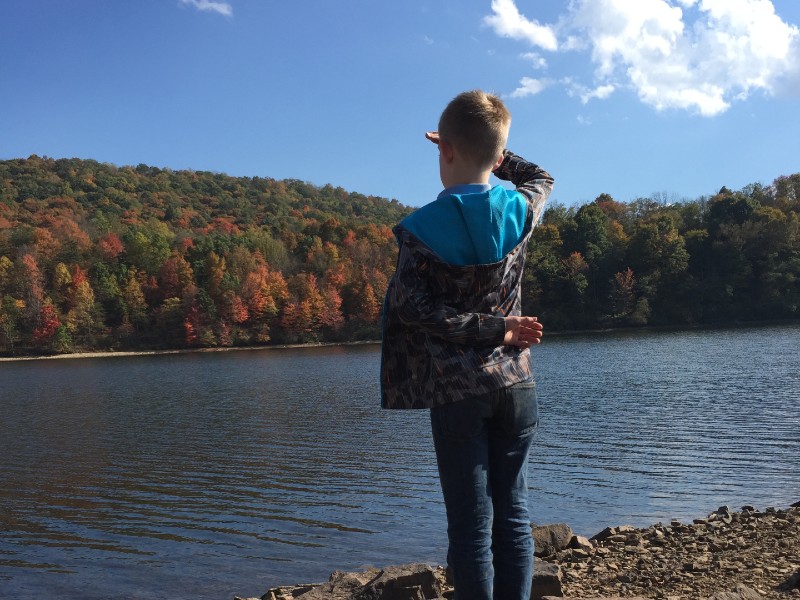In this unprecedented time, where many people are feeling isolated by the distancing measures needed to stay safe during an international pandemic, many have turned to the natural world for support. Indeed, we have truly seen the value of open space in the weeks under quarantine and social distancing.
With many sources of education and entertainment like movie theatres and museums closed for the foreseeable future, Marylanders have overwhelmingly sought out open space and parks as essential destinations.
In fact, in the last month, visitorship to parks has risen so much that several state parks have had to close or drastically limit entrance for public safety reasons, and playgrounds have seen their swings and slides taped up to prevent use.
- Photo from Civil War Trails.
- Photo from Maryland State Parks.
Concerns about produce shortages at grocery stores have led citizens to continue to look into delivery options or CSAs from local farms. Many museums and historic sites across the state have produced digital tours and content, offering entertainment and education for the quarantined.
What many of us used to take for granted, including our natural and cultural resources, are now highly valued – and missed.
Many of these resources rely on Program Open Space for funding, including Maryland’s 13 Heritage Areas that touch every county in the state. Earlier this week, the Maryland Heritage Areas Authority announced a special emergency grant round of up to $20,000 for beloved cultural institutions that are closing their doors, losing revenue from cancelled tours and events, and, sadly, laying off employees. The fund will assist with operating expenses, lost revenue, and the transition to offering educational opportunities online. Only through set-aside emergency funds within the Program Open Space coffers could the Heritage Areas respond this quickly to a mounting crisis for Maryland’s museums.
However, we did not need this crisis to assert the importance of Program Open Space. Every Marylander lives within fifteen minutes of an open space or recreational area funded by Program Open Space, from parks and forests to playgrounds and ball fields. This money comes from a percentage of the real estate transfer tax, directly tying development to preserving open space and recreational facilities.
Since its inception in 1969, Program Open Space has:
- Preserved nearly 400,000 acres of open space, including state and local parks,
- Put nearly 300,000 acres of farmland under easement through the Maryland Agricultural Land Preservation Foundation,
- Protected more than 103,000 acres of Maryland’s natural landscapes and resources through the Rural Legacy Program, and
- Invested millions of dollars in protecting cultural landscapes, historic buildings, and provided dedicated funding for the state’s thirteen heritage areas.

View of Garrett County, MD, 2018.
Program Open Space funding has long been a tenet of Preservation Maryland and Smart Growth Maryland’s legislative advocacy. During the most recent legislative session of the General Assembly, full funding for Program Open Space was retained in the budget, but with the unprecedented budget crisis that the state now faces in the midst of the pandemic, the program is under threat of disappearing.
While the state’s financial health is absolutely vital, we must not forget the value of open space and heritage sites to the health of our society and the important role they played during the pandemic and will continue to play far into the future.



